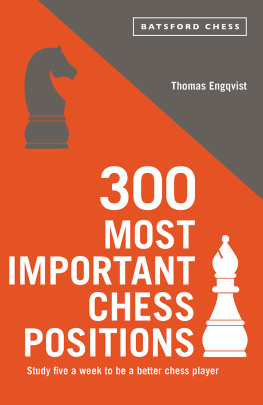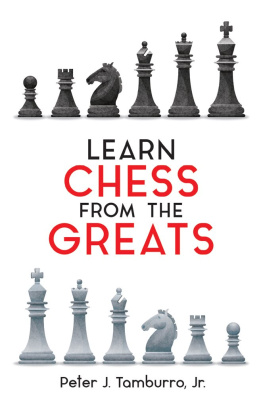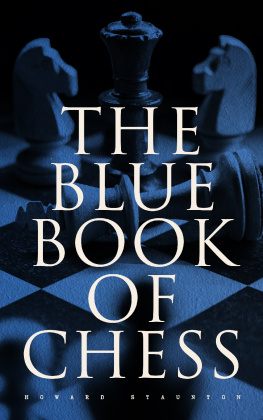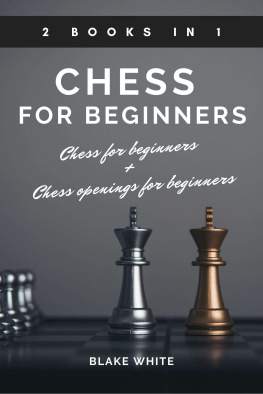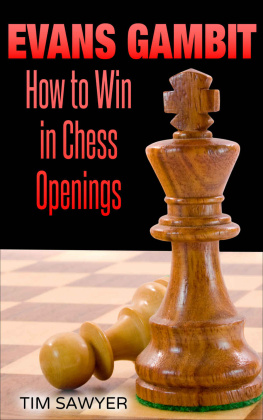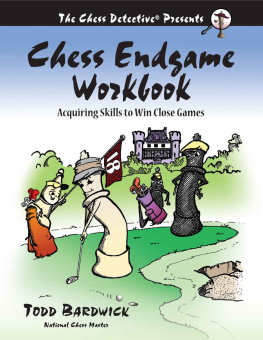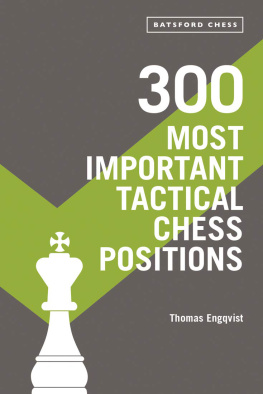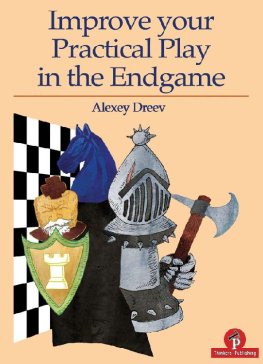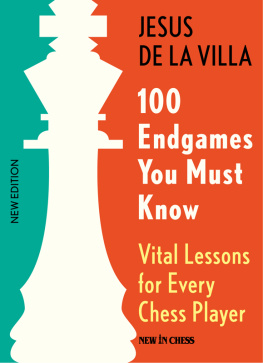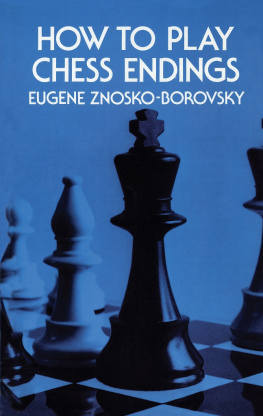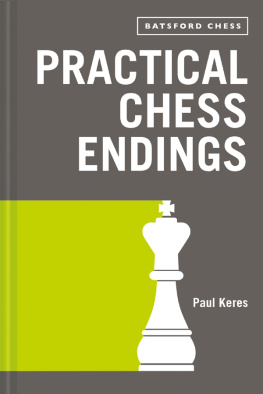Contents
Guide
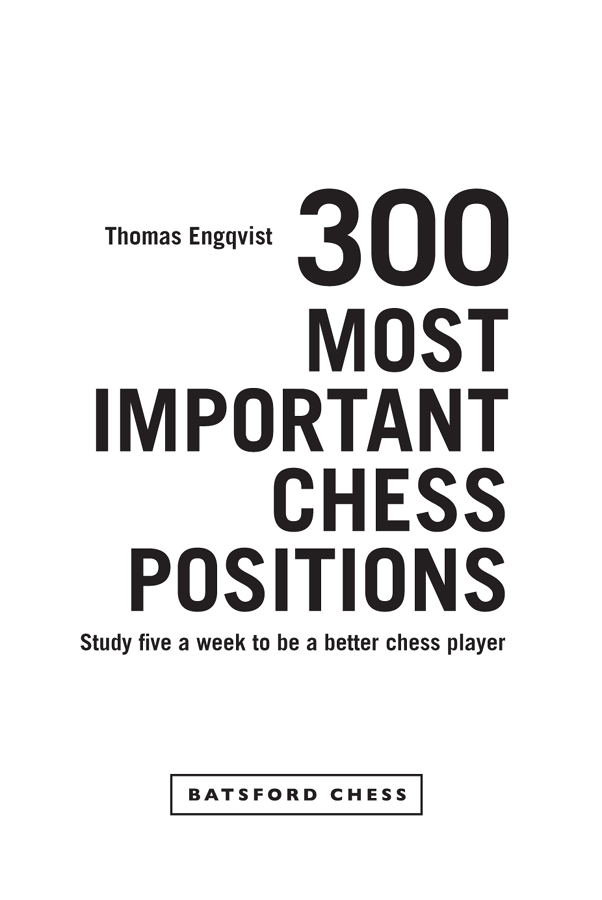
Contents
Introduction
The 300 most important chess positions, demonstrating positional ideas in the opening, middlegame and ending, was originally an email course which Ive run on two occasions. The course was labelled Less is more and was aimed at Swedish chessplayers, especially the juniors at my club SK Rockaden. The main idea was to study five positions very carefully each week and then meet on a regular basis and discuss some of them, which would sometimes be the starting point for training games by my students.
During the preparation of this book all the positions were checked for accuracy, after which some were omitted and replaced whilst still retaining more than two thirds from the original material. However, one important change in the present book is that there are now 150 positions representing the endgame and the same number for the opening and the middlegame combined. Originally the quota was 50 openings, 150 middlegames and 100 endgames.
The reason I made the changes was twofold: firstly, I thought too many important endgame positions were missing and, secondly, its hard to explain what is an opening position and a middlegame position and draw a consistent line of demarcation.
According to Alexei Suetin the middlegame begins when an attack is launched and Im inclined to agree. This means, for example, 1 e4 c5 2 f3 d6 3 d4 cxd4 4 xd4 f6 5 c3 g6 6 e3 g7 7 f3 0-0 8 d2 c6 9 c4 d7 10 0-0-0 c8 11 b3 e5 12 h4 is a middlegame position because the targets are already clear for both players. This also implies that the opening moves 1 e4 e5 2 f3 c6 3 c4 f6 4 g5 represent a middlegame for White but an opening for Black.
Such reasoning might well be confusing for a less advanced player so I have chosen to group openings and middlegames together without defining what the specific phase really is. For example, rapid piece development is more important in open positions but in closed positions the manoeuvre may be more important, thereby giving the opening more of a middlegame character. The hypermoderns even regarded the opening as a middlegame and since at a higher level its not clear what is what, I think it was most appropriate to treat the two phases as one.
Which phase is the most important one to study? In my opinion its the endgame because in that phase its easier to see how the chess pieces cooperate. By learning back to front, so to speak, its easier to understand how the pieces work best and how they should harmonise with each other in the opening or the middlegame unless the balance has been seriously disturbed, when some kind of attack is the order of the day.
If you really want to learn how to play with bishop and knight there is no better way than to study the three different methods of checkmating the king. If you want to learn how to play with the bishop pair you should study the rare but important endgame two bishops versus one knight.
Another reason for stressing the value of the endgame is that multipiece endings need greater coverage since this type of ending is more or less ignored in chess literature. All endings with two pieces on each side are to a large extent under-represented. The same goes for three and four pieces each as well.
According to Speelmans clever definition of the endgame, the total value of the pieces involved should not be more than thirteen points. This means that four minor pieces is regarded as an endgame but, strictly speaking, queen and rook is not because of the increased danger to the king. As is well-known, the activity and safety of the king are other criteria to be taken into account in the endgame. In the present work, despite Speelmans definition, I have chosen to regard all positions with two pieces each as endgames even if major pieces are involved and the king is far from safe.
The first time I became aware of the whole concept of positions containing positional ideas was when I studied Training for the Tournament Player by Dvoretsky and Yusupov in the 90s. The authors illustrated this highly important concept with a few positions. At the time I wasnt fully aware of the importance and high practical value of the concept even though I had to a certain extent practised it unconsciously as a youngster. However, as time went by I realised that this has to a large extent been a forgotten and underestimated way of speeding up progress in chess.
Surprisingly, even to this day there is still no book focusing on this interesting concept of positional sketches. Perhaps one reason is that its been a well-hidden secret among the best trainers.
There are a few books by Lev Alburt with the 300 most important positions or 320 key positions but these mainly focus on tactics and are more fundamental in their approach. One of his books is actually titled 300 Most Important Positions and Ideas. In addition there is another book by Ziyatdinov with the title GM-Ram: Essential Grandmaster Chess Knowledge, which presents 300 positions, but unfortunately there are no solutions to them.
Not only is a knowledge of the most relevant positions and ideas in itself important but also the solutions should be presented in a pedagogical and easy-to-learn fashion in order to facilitate comprehension. After all, you are supposed to learn, understand and remember the positional ideas for all time and therefore you need to integrate the positions into your conscious chess thinking as early as possible in your life. Of course if youve been unable to learn appropriate chess thinking as a youngster then its still better to learn the ideas later, regardless of your age, than never to learn them at all.
To benefit from this approach to learning its vital to repeat the positions from time to time by looking at them again to see if you can instantly remember the ideas. If you have forgotten the solution or the technique required you should check it again and again until these are permanently embedded in your mind. Positional ideas are important in all phases of the game and that obviously includes the transitional phases going from the opening to the middlegame and from the middlegame (or multi-piece endgame) to the endgame.
Other related material can be found in two recent books by Arthur Van de Oudeweetering: Train Your Chess Pattern Recognition Key Moves and Motifs in the Middlegame. These focus on the opening and the middlegame and concentrate on chess pattern recognition which is another important component in the present book as well.
However, here I want to distill the most important positional ideas and techniques and focus solely on these. In other words, to facilitate chess training and make it more effective and concise. Why study so many positions if a smaller number is sufficient? By learning one key position, one idea or one technique you can apply it in many other situations.
The reason for the limited number of only 300 positions is motivated by the phrase less is more. Its also in accordance with the principle that the less you know the less youll forget. In other words it will be easier to remember 300 positional ideas rather than, lets say, 1,000 ideas since youll have a smaller number of positions to learn and repeat on a regular basis.
I was first introduced to this clever training concept as a junior at the end of the 70s. My club SK-33 was located in the small town of Enkping and it helped me and a friend of mine to arrange a couple of meetings with Robert Danielsson, at the time a well-known specialist in teaching chess to children in Stockholm. He had written books and study material for beginners on a high pedagogical level. He was the right person to approach for chess hungry players like myself and Peter Fransson, who by the way later won the Swedish Junior Championship in 1980.

